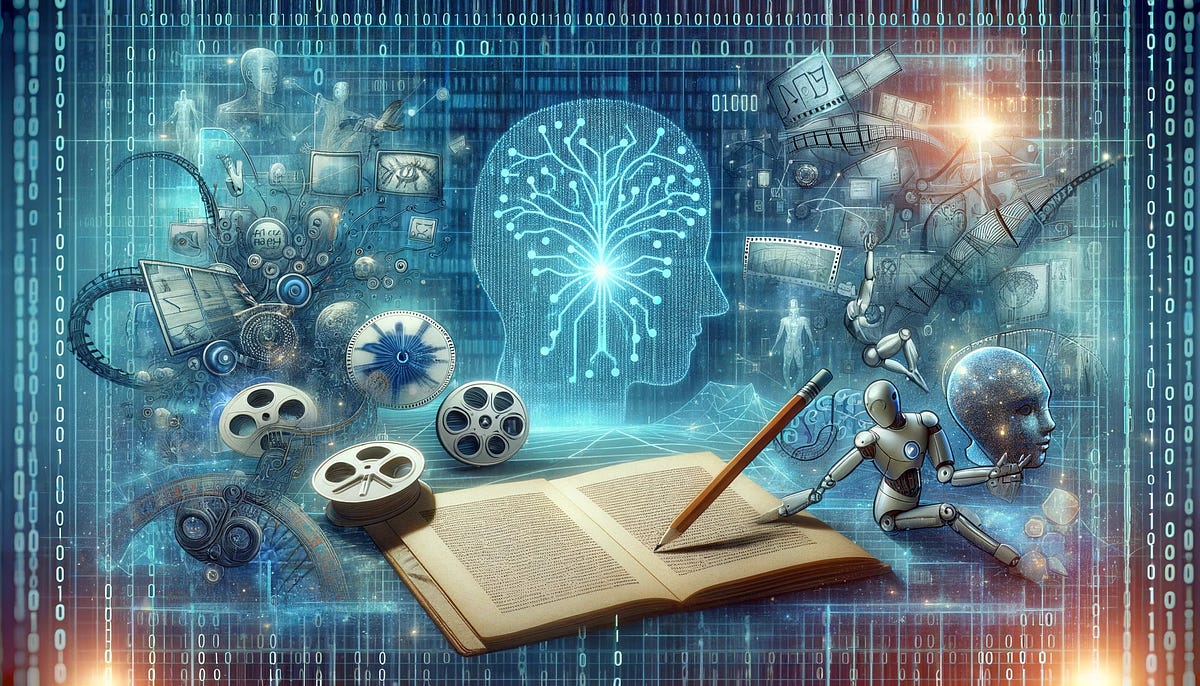The rise of AI story generators is rewriting the narrative of storytelling itself—quite literally. These tools, powered by large language models, can generate entire plots, characters, and even emotionally complex dialogue with just a prompt. But while the technology is awe-inspiring, it raises unsettling questions. If a machine can create a compelling story, who owns the meaning? More importantly—who is responsible for it?
The Allure of Infinite Imagination
For writers, content creators, and even educators, AI story generators like Talefy are powerful co-pilots. They can overcome writer’s block, propose unexpected plot twists, or instantly adapt a story to different audiences. These tools simulate imagination without fatigue or ego. But the simulation is key—these aren’t muses, they’re mirrors.
Most story generators pull from vast pools of human-created data. Their “creativity” is a recombination of existing patterns, often trained without explicit permission from original authors. That opens the first ethical dilemma: is inspiration theft if it’s automated?
Blurred Lines of Ownership
In traditional writing, copyright is simple—creators own what they make. But with AI-generated stories, who gets credit? The user who entered the prompt? The engineers who trained the model? The anonymous authors whose works were ingested during training?
Most websites that provide AI story writing services have hidden ownership terms. A few state that they do not have any rights to the output while others claim to have the right to use it in any way. In the event that a generated novel is very successful, could this lead to retroactive legal or ethical claims by those who contributed in providing the training data?
Ownership isn’t just legal—it’s cultural. Stories define identities. An AI that mimics indigenous folklore or personal trauma raises the risk of unintentional appropriation or exploitation.
The Problem of Intent
One of the most overlooked ethical questions in AI storytelling is intent. When humans write, they do so with purpose: to inspire, to question, to heal, or to provoke. When an AI story generator writes, it optimizes probabilities. There is no emotional context, no lived experience behind the prose.
That absence of human intention becomes dangerous when AI is used to generate stories that involve trauma, identity politics, or social commentary. A well-written but emotionally hollow story can reinforce stereotypes or reduce complex realities to digestible tropes.
Should there be safeguards about the types of stories an AI can generate? Or who can use these tools to tell certain stories?
Creativity as Relationship, Not Output
Many ethicists argue that creativity is more than just the product—it’s about the process and relationships involved. A novel is not just a story; it’s an expression of worldview, a dialogue with readers, and often, a transformative act for the author.
AI story generators break that chain. They produce without experiencing. They can create, but not connect. That makes them useful tools—but questionable creators. The more we rely on them to simulate human creativity, the more we risk diluting the value of real human stories.
Where Do We Go from Here?
Rather than banning or blindly embracing AI story generators, we should ask better questions:
- Should AI-generated stories come with transparency labels?
- Can we create ethical training datasets with consent and compensation?
- How do we preserve human creativity in a world of algorithmic abundance?
AI is here to co-author the future. But if we want that future to be just, meaningful, and inclusive, we need to decide what kind of stories it should tell—and who gets to tell them.
Summary
AI story generators are not evil. They are tools. But like any tool, they reflect the values of the people who wield them—and the systems in which they’re used. As we enter this new era of automated creativity, the real question isn’t what AI can write. It’s what we, as a society, are willing to read—and take responsibility for.































